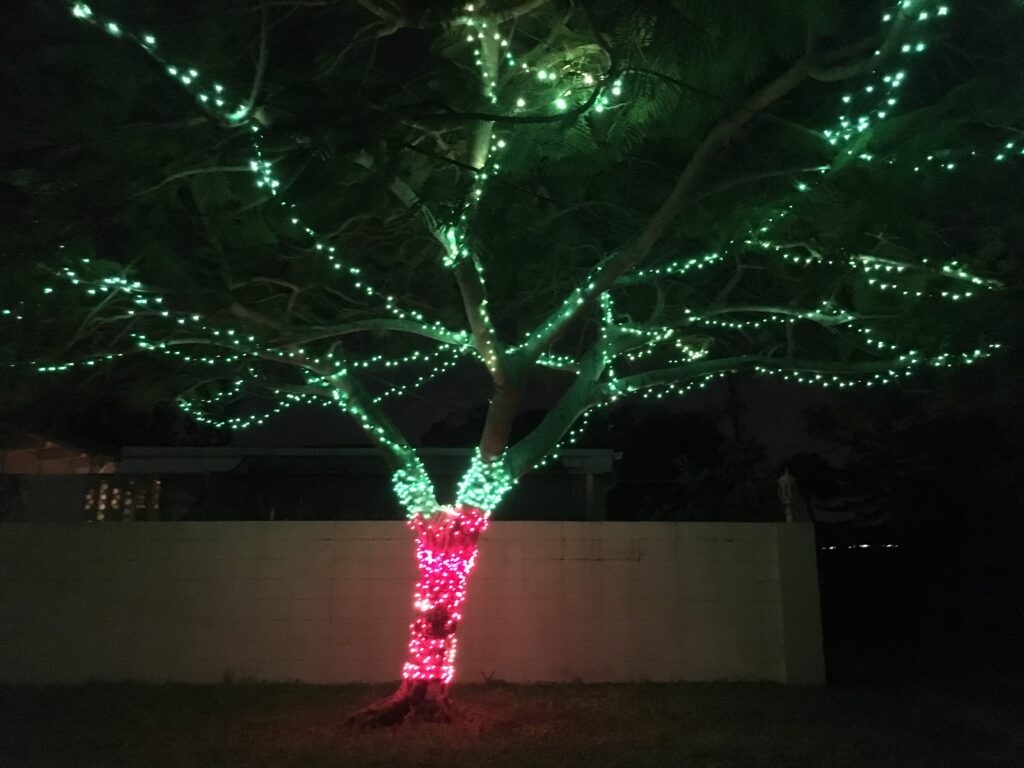Low light photography can feel intimidating—even for experienced photographers. But when done well, it produces some of the most dramatic, moody, and memorable images. Whether you’re shooting indoors, at night, or in dimly lit environments, learning how to work with limited light can elevate your photography skills and portfolio.
Why Low Light Photography Matters
Low light conditions are everywhere—concerts, weddings, city streets at night, or even a cozy indoor café. These moments often carry an emotional weight and atmosphere that bright daylight can’t match. Mastering low light photography allows you to capture these scenes without losing detail, clarity, or mood.

Key Settings for Low Light Success
- Use a Wide Aperture (f/1.4 – f/2.8): A wider aperture lets more light into the camera, making your images brighter.
- Increase ISO Carefully: Higher ISO boosts your camera’s sensitivity to light, but be mindful of noise. Modern cameras handle ISO 1600–6400 well.
- Slow Your Shutter Speed: A slower shutter speed allows more light in. Use a tripod or steady surface to avoid motion blur.
- Shoot in RAW: RAW files capture more data, giving you flexibility to adjust exposure and reduce noise during editing.
Gear That Helps in Low Light
- Fast Lenses: A “fast” prime lens like 50mm f/1.8 or 35mm f/1.4 performs beautifully in low light.
- Tripod or Monopod: Essential for stability during long exposures.
- External Light Source: Even a small LED panel can fill in shadows while maintaining a natural look.
Composition and Creativity
Low light conditions aren’t just a technical challenge—they’re an artistic opportunity. Play with shadows, silhouettes, reflections, and dramatic contrasts. Use available light creatively, like street lamps, candles, or neon signs, to frame your subject.
Post-Processing Tips
Low light images often need a little extra love in editing. Use software like Lightroom or Capture One to:
- Reduce noise while preserving detail.
- Adjust shadows and highlights for depth.
- Fine-tune white balance to correct color casts from artificial lighting.
Final Thoughts
Low light photography pushes you to think differently about exposure, composition, and mood. With the right settings, gear, and creativity, you can transform dark or dim environments into powerful, professional-quality images. Mastering low light photography isn’t just a technical skill—it’s a creative superpower.

Leave a Reply